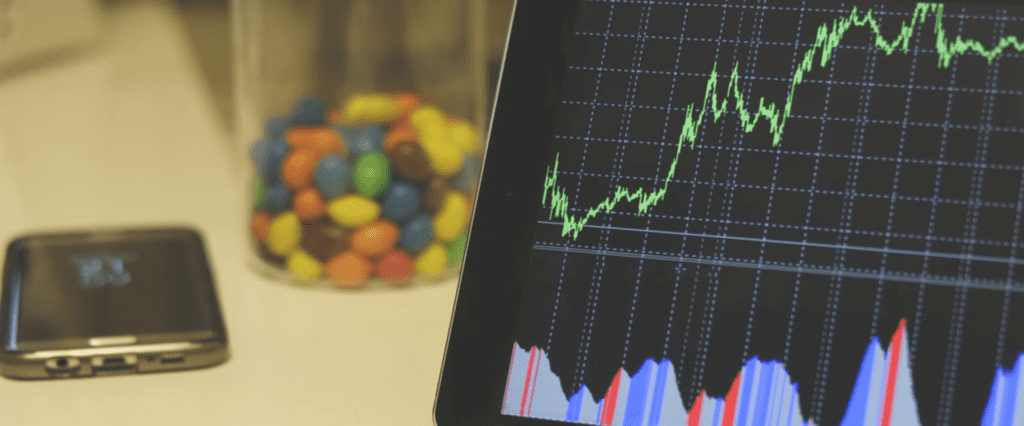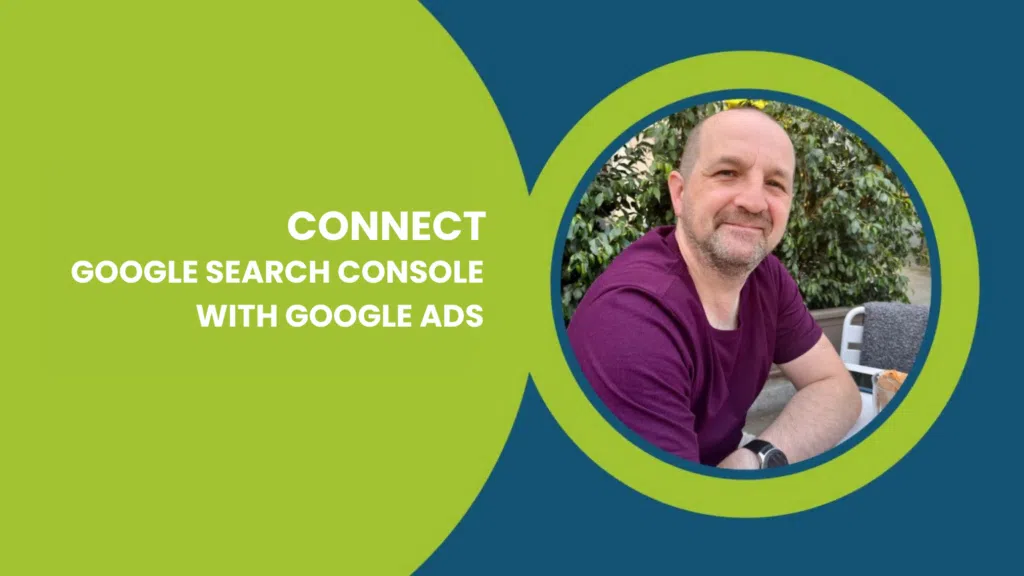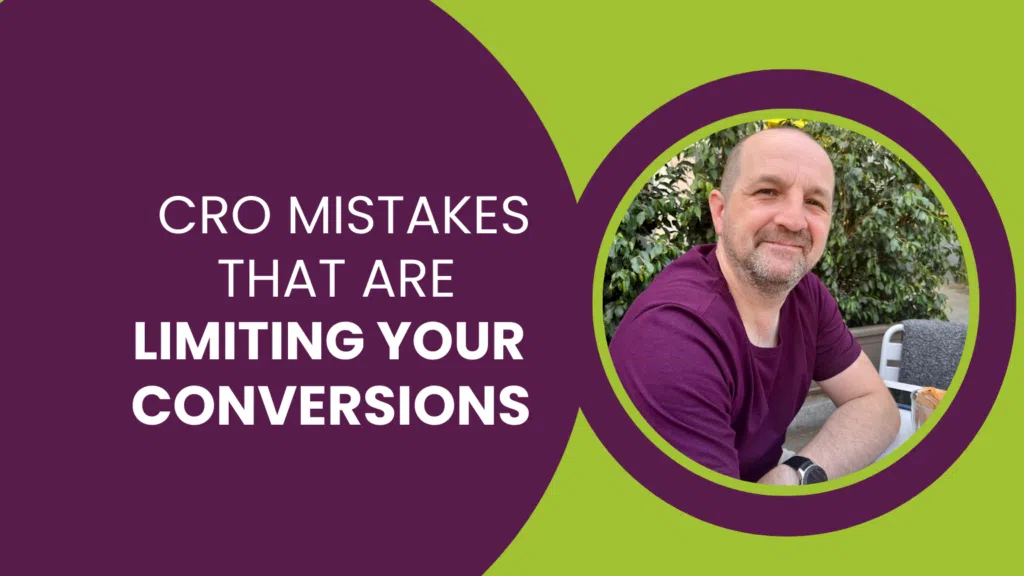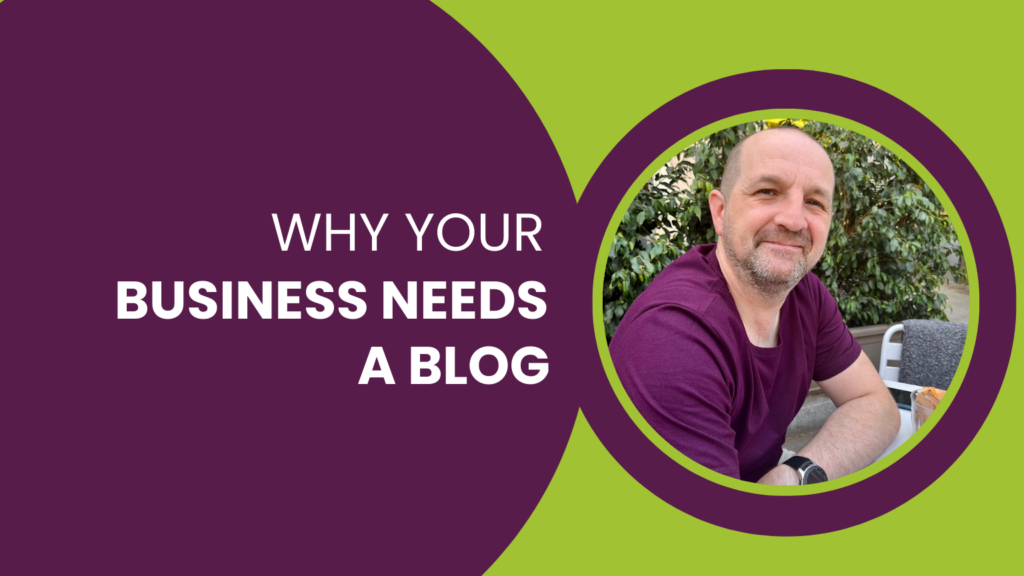In this T-Time we share top tips that will make your life so much easier in Google Analytics, explaining how to use Google Analytics Campaign Tags to easily measure the performance of ad campaigns you’re running online, or even offline.
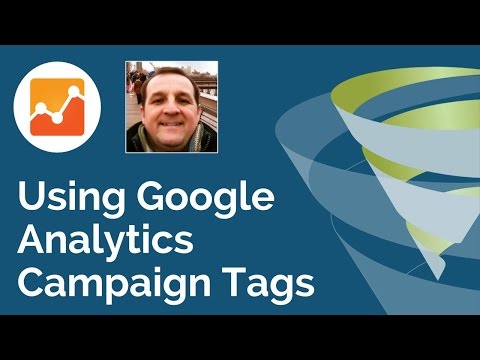
What is URL Tagging?
The URLs that you are using in your Facebook posts, Facebook Ad campaigns or your Twitter posts, tweets and so on – wherever these URL links are going you can place tags on the end of them to tell Google Analytics where the traffic is coming from.
You can also tag the URLs in a much more clever way to help you to analyse what is happening from the source.
Tailor What You’ll See in Google Analytics
The first thing that you need to do is think about what you want to see in Google Analytics and then work backwards.
If you are running a bunch of PPC Campaigns, for example, and the audiences are segmented in different ways you might want to tag the URLs for those campaigns with a specific campaign name. This will allow you to measure how those segments behave individually. How does an audience of women behave compared to men for example.
Depending on how you are segmenting and testing those campaigns you might want to understand:
- How many sales come from them
- What the average sales value is
- The bounce rate
- What the time on the site is
It is important to define a tagging system first, to get the most out of all the fantastic things we can do in Google Analytics.
Define a Tagging Convention
Firstly, consider how you want to segment and analyse this data in Google Analytics and take into account what tags you have got? Here are the primary ones:
Source
This is the website or the platform that the traffic is coming from. If you don’t add this tag then Google Analytics will guess it by default. Google Analytics knows when traffic is coming from Facebook, for example, and if it is untagged it will automatically tag it. If you manually tag it make sure that you use consistent formatting, not just for Facebook but other sources too.
Medium
The same applies to the medium which denotes the general category of the source. For example, “cpc” is cost per click or pay per click (make sure you use lower case!). This could be coming from Google Ads, Bing Ads or Facebook. In fact, any number of places where you may be doing pay per click advertising.
Note that Facebook and Analytics don’t play nice together. Let us explain:
If you run a Facebook Ads Campaign and you don’t manually tag the URL’s source, that traffic will show up as the source of Facebook, and it will either come through as a referral or it will come through as social traffic.
The organic social traffic you are getting from your standard posts from Facebook and your paid traffic will all get mixed in together, leaving you with no idea how people are behaving.
That is one reason, particularly with Facebook, where you would want to tag those as a different medium and say:
Here is my Facebook Ad and my URL is Facebook and the medium is “cpc” so you can identify that traffic separately.
It is really important if you are spending money to track how well that is going.
Campaign
The campaign tag is entirely up to you. For things like Google Ads, if you have that connected, your AdWords account and your Analytics account connected together play very nicely and as they are both Google products the auto tagging works very well.
Google Analytics will pull through the name of your campaign from your AdWords account along with the name of your Ad Group and the Keyword. So, typically, you don’t have to do anything with the AdWords URL although you can if you want to.
You may want to use manual tagging if you are running a campaign that is segmented, by age for example. Using a tagging convention for each age segment will allow you to analyse the traffic in Google Analytics by age group. You would also be able to look at them together, and see the results from your segments across the board.
Does it Matter If I don’t Specify the Tags?
If you don’t specify tags it doesn’t matter, you don’t have to. Google Analytics will either ignore the campaign name, or it will come through as no campaign or typically, campaign “not set”.
Google Analytics will guess the source and the medium from the site that was providing the traffic in the first place, or simply not provide one at all – you’ll see a lot of “not set” data in your reports.
URL Tagging Format
So next let us take a look at the URL tagging format: https://tillison.co.uk/?utm_source=source&utm_medium=medium&utm_term=term&utm_content=content&utm_campaign=campaign
Broken down into segments to make it easier to understand:
http:// tillison.co.uk/ | ? | utm_source=source | & | utm_medium=medium | & | utm_term=term | & | utm_content=content | & | utm_campaign=campaign
- domain.com – this would be your full web page you are sending traffic to
- utm_source – put the traffic source here, so Facebook, Twitter etc
- utm_medium – specify the medium
- utm_term – this is the keyword
- utm_campaign – insert your campaign name
There is a tool to generate URL tags, but it is relatively simple to copy one and change the name of the URL and update the campaign name to something new manually.
The View in Google Analytics
This section of the T-Time show sees Mark sharing Analytics views and talking through the various tags and how they arrived in Analytics and where they came from. Take a look, it is much easier to understand with the visuals.
Tillison Top Tip
Define what the tagging structure is going to be before you start running campaigns and it will just make it so much easier for you to measure the behaviour of those different traffic sources in Google Analytics.
Need a Little Help?
If you have questions for us or you need a little further help with Google Analytics Campaign Tags, please do ask us in the comments and we will get back to you. If you would like to know more about Google Analytics some of these articles may be of interest to you. For a more in-depth knowledge why not consider our one on one Google Analytics courses?
Speak with a SpecialistLearn Analytics with a Pro

